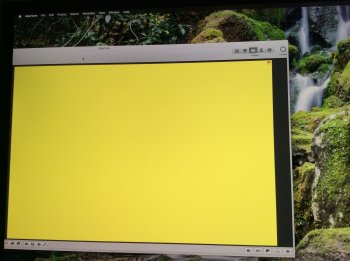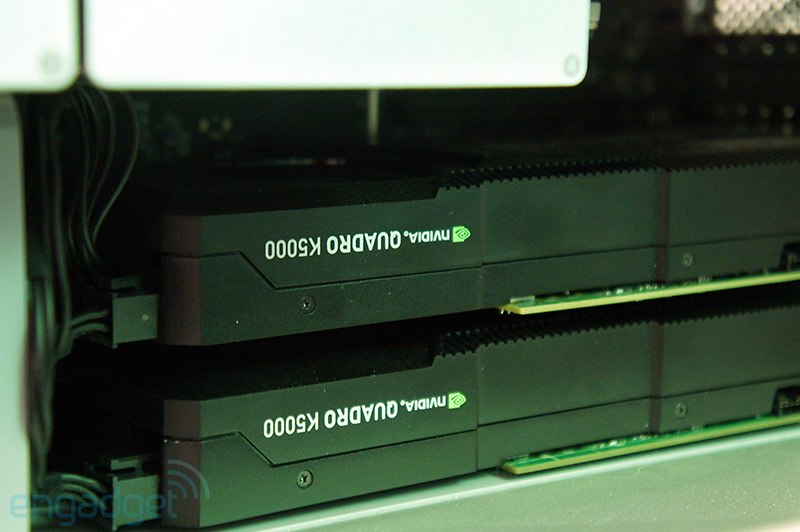Graphics driver updated for Mac OS X El Capitan 10.11.6 (15G22010) - Contains performance improvements and bug fixes for a wide range of applications. Includes NVIDIA Driver Manager preference pane. Includes BETA support for iMac and MacBook Pro systems with NVIDIA graphics. Nvidia GPUs receive driver updates soon after each version update of OS X. Only one driver is released by Nvidia and it includes support for all of their modern GPUs. You will not find individually named Nvidia drivers for OS X, they are all titled 'Quadro & Geforce Mac OS X Driver Release xxx.xx.xxxxx'. In order to run Mac OS X Applications that leverage the CUDA architecture of certain NVIDIA graphics cards, users will need to download and install the 7.5.29 driver for Mac located here. In order to run macOS Applications that leverage the CUDA architecture of certain NVIDIA graphics cards, users will need to download and install the latest NVIDIA CUDA 9.0 Driver for macOS. New in Release 346.03.15f12: - Graphics driver updated for Mac OS X El Capitan 10.11.6 (15G19009).
NVIDIA has just released a new version of their Quadro & GeForce OS X driver in an effort to add OS X 10.11 El Capitan support and beta support for MacBook Pro and iMac computers with NVIDIA cards.
As the changelog for this version of the Quadro & GeForce driver for OS X says, the 346.03.02f01 release includes a graphics driver update to provide OS X El Capitan 10.11 build 15A284 support.
Furthermore, the 346.03.02f01 Quadro & GeForce driver also comes with 'performance improvements and bug fixes for a wide range of applications.'
The 346.03.02f01 release of the Quadro & GeForce OS X driver is compatible with the Mac Pro 5,1 (2010), Mac Pro 4,1 (2009) and Mac Pro 3,1 (2008) Mac models, and with the following graphics cards: GeForce GTX 680, GeForce GTX 285, GeForce GT 120, GeForce 8800 GT, Quadro K5000 for Mac, Quadro 4000 for Mac, Quadro FX 4800, and Quadro FX 5600.

As described on the release notes page, the Quadro & GeForce Mac OS X Driver 346.03.02f01 version also includes beta support for iMac and MacBook Pro systems with NVIDIA graphics, which should allow owners to be able to switch from Apple's default OS X graphics driver to the one provided by NVIDIA.
The new NVIDIA Quadro & GeForce beta driver iMac and MacBook Pro support can be used for the following devices: iMac 14,2 / 14,3 (2013), iMac 13,1 / 13,2 (2012) and MacBook Pro 11,3 (2013), MacBook Pro 10,1 (2012), and MacBook Pro 9,1 (2012) users.
The Quadro & GeForce Driver installer adds a new prefpane that can automatically check for updates
Besides the drivers needed for your graphics card to work properly on a Mac running El Capitan, the Quadro & GeForce Mac OS X Driver installer will also add an NVIDIA Driver Manager preference pane that will help you quickly switch between the default OS X graphics driver and NVIDIA's custom build graphics driver.
Moreover, this can also be achieved from your Mac's menu bar once you activate the NVIDIA Driver Manager status bar item from the preference pane.
The NVIDIA Driver Manager prefpane is also designed to make it easy to enable the Error Correcting Codes (ECC) feature for any supported graphics card, and it can also help to quickly check for NVIDIA software updates.

Additionally, the NVIDIA Driver Manager can also check for driver updates automatically, and it can be set up to download them in the background for simple and quick installation.
Your Mac's default OS X drivers can be restored by clearing the NVRAM


As described within NVIDIA's Quadro & GeForce driver installer, 'if, for any reason, you are unable to boot your system to the desktop and wish to restore your original drivers, you can do so by clearing your Mac’s NVRAM.'
Nvidia Drivers Mac El Capitan 10.11.6
To do that you need to power on the Mac, immediately hold down the Command (⌘), Option (⌥), P, and R keys, and keep them pressed until you hear a second startup chime. Once you go through this simple procedure, your Mac will boot using the default OS X graphics driver.
